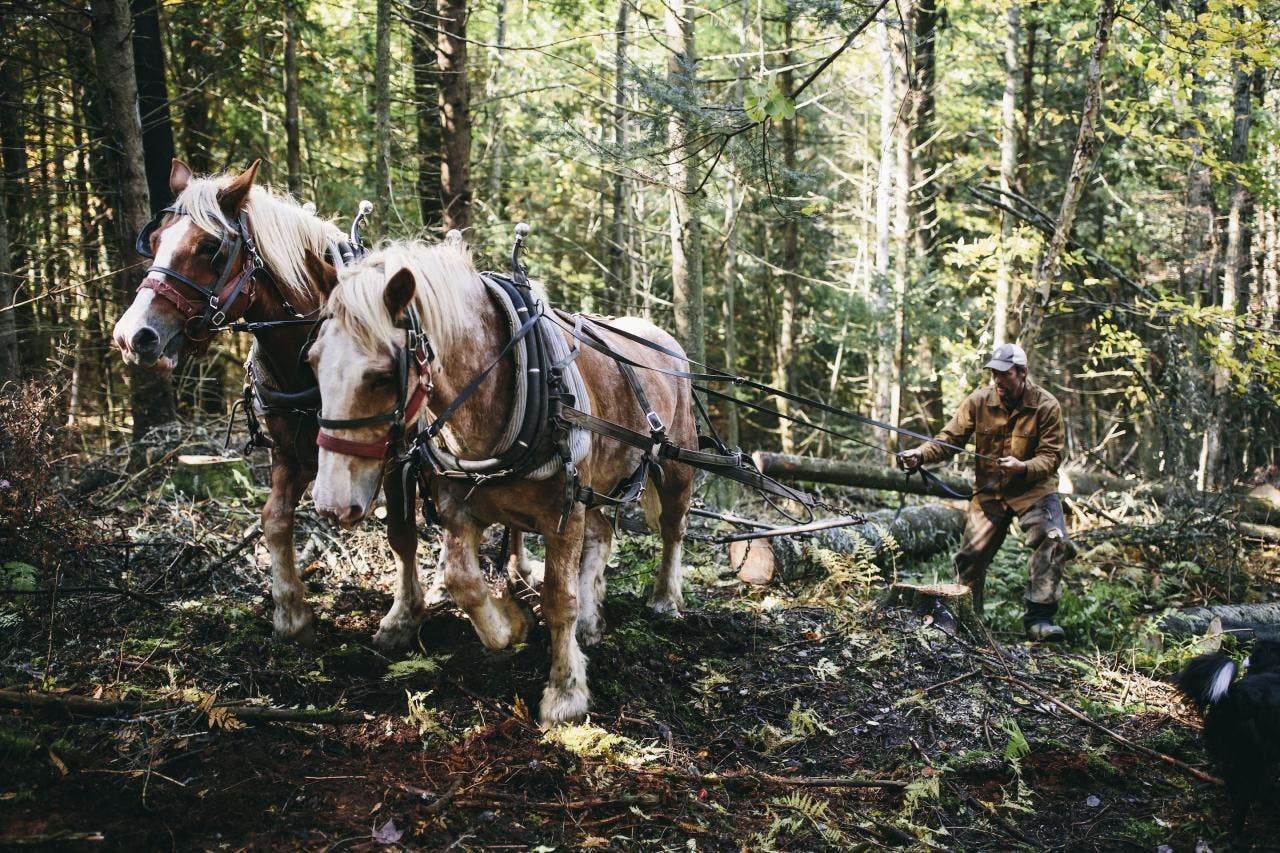- Mar 11, 2013
- 27
How many acres do you own and how many cords of wood do you harvest every year from it . Is it sustainable ? I own a small 27 acres woodlot that has been cut down by previous owners that I believe over harvested wood from it . Plan to cut approx 5 cords a year on that land . Hope I don t run out .




